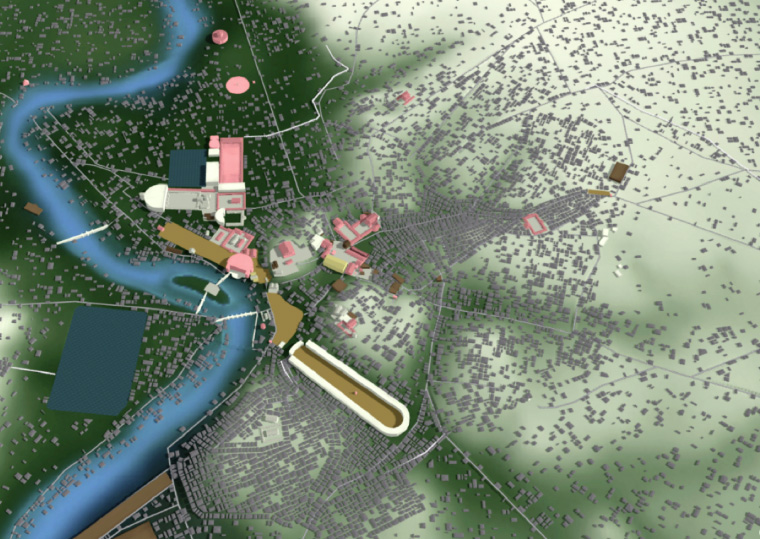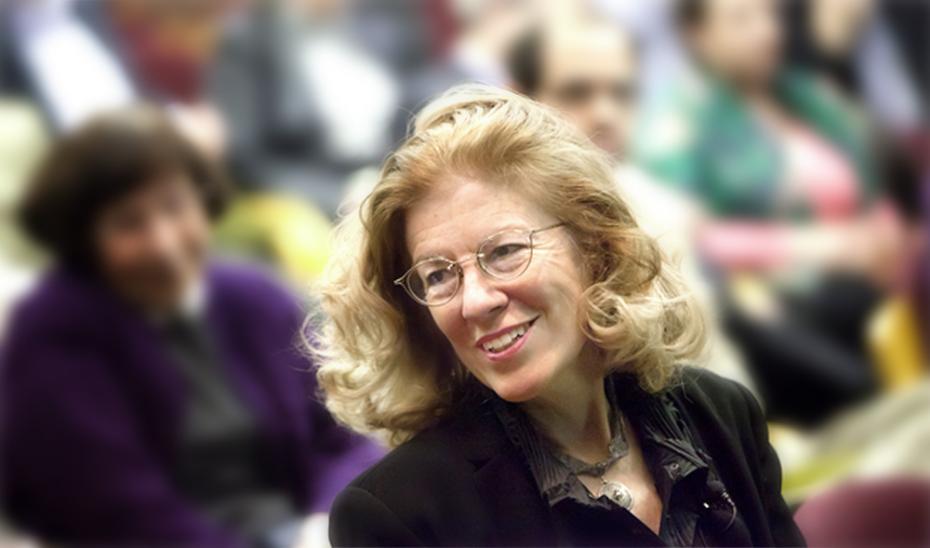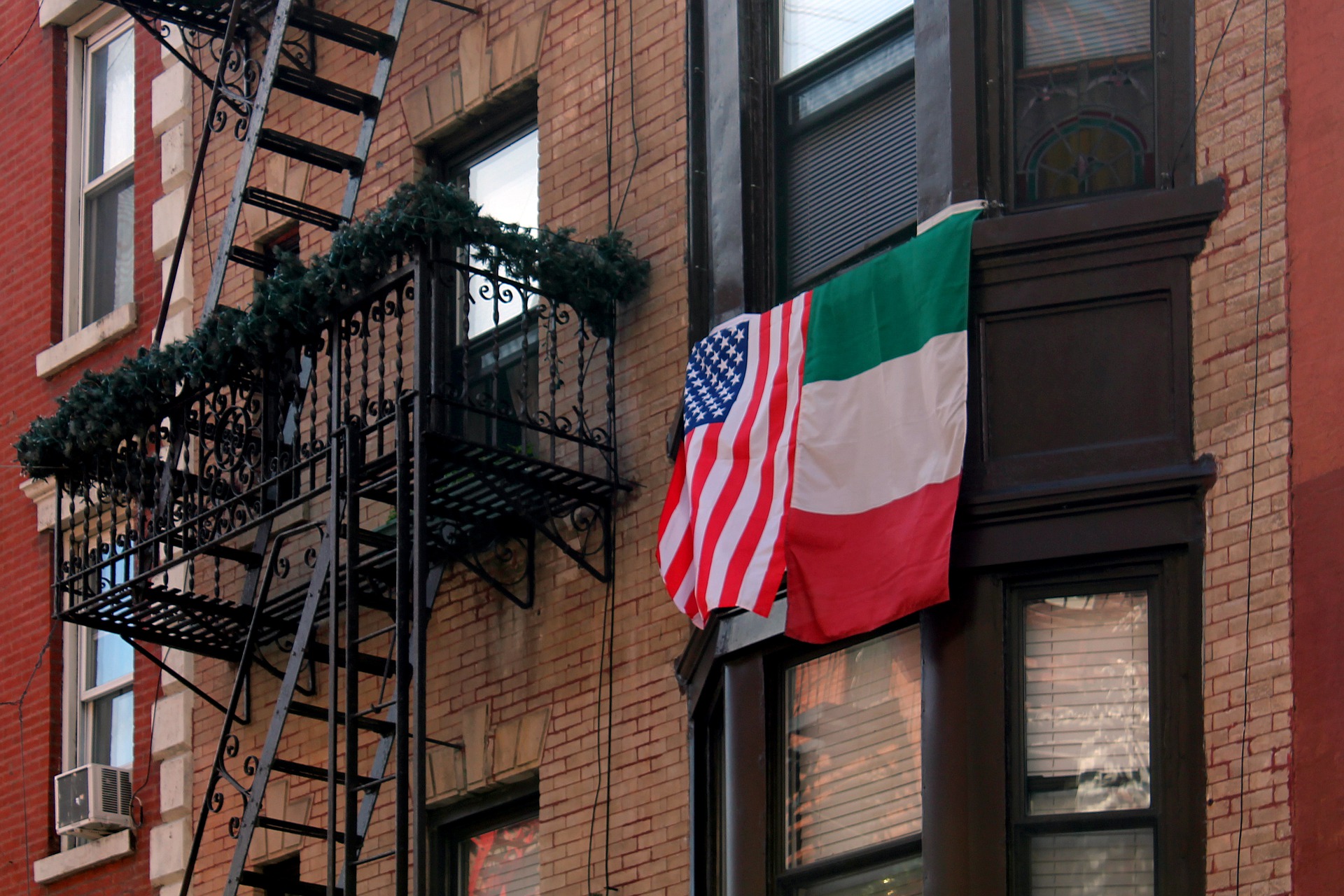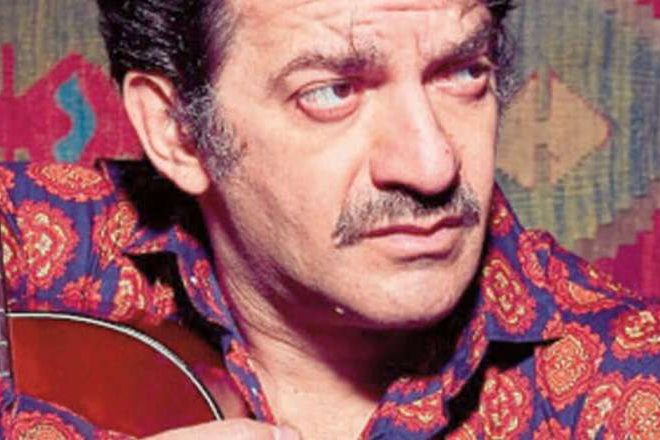Diane Favro, Professor of Architecture and Urban Design at UCLA, as well as Associate Dean of Academic Affairs for the School of the Arts and Architecture, is one of the most prominent experts in Ancient Roman architecture.
Don’t tell her that it is impossible to travel back in time and space? She would say you that you’re definitely wrong!
In fact, going back two millennia ago and walking through the streets and the buildings of the “Caput Mundi” is possible.
How? Through several advanced 3D models, which enable everyone to have an immersive, multisensorial experience, which Diane contributed to create, through decades of research.

Please, introduce yourself. Do you have Italian ancestry? What is your cultural background and how did you grow fascinated by Ancient Roman era?
I’m Diane Favro and I’m Professor of Architecture and Urban Design at UCLA, as well as Associate Dean of Academic Affairs for the School of the Arts and Architecture.
As far as my origins, at the beginning of the twentieth century, my grandparents emigrated from Northern Italy to Southern California.
My family, on my father’s side, hails from around Turin (capital of the Piedmont region), while on my mother’s, it comes from around Lake Como.
I grew up in the Santa Barbara community, rich in Northern Italian heritage. The local Piedmontese Group even organizes an annual “Polenta party”.
I’ve always been very interested in Italian culture and, in the 70s, I went to Florence, wishing to study at the local university. However, my plans got fouled up by the students’ uprising.
Therefore, I did a lot of independent studies and started focusing on Etruscan Art. Soon, I switched my attention to the Romans, because of the abundance in literature about their times and their daily lives, which was not the case with Etruscans.
How do you manage your concurrent roles at UCLA?
Being part of the Architecture Department, which is primarily a professional School, I’ve had the chance to work alongside architects. It’s stimulating the “crossover” between my studies in ancient architecture and the contemporary practice of this discipline.
In the 80s, I was one of the first to use computer modeling in my field. One of my early projects, a reconstruction of ancient Rome, called “Rome Reborn”, was on Google Earth.
I’ve always been interested primarily in understanding how people live in a city and not just their gathering in religious and civic buildings, like temples and amphitheaters.
As Associate Dean, I look at several disciplines and subjects simultaneously. It’s interesting to see how they converge towards the same big issues, like progressive measures towards civil rights and the relation between human beings and environment.
I’ve been also involved with digital and urban humanities, as well as served as President of the Society of Architectural Historians (SAH), which this year named me a Fellow for lifetime achievement.
You pioneered 3D real time modeling for historical research and founded the UCLA Experiential Technologies Center. Tell us more about the projects, “Digital Karnak” and the “Digital Roman Forum.”
The first two responded to my interest in getting inside the buildings and not just looking at them as blueprints.
Using 3D model, allows you to get the sense of what is like to go from the sunny exterior to the shady interior.
As Plutarch stated, “the city is a living thing”, meaning that it’s constantly evolving, so we cannot look at a snapshot of a city, at a particular date in time.
Karnak was always shown in textbooks as a huge architectonic complex in ancient Egypt. Thanks to our Digital Karnak, we documented its evolution and stratification over almost two millennia.
The Digital Roman Forum responded to the exact same principle. We wanted to populate our model with sounds and lights. Back then, day light played such an essential role in assigning the best spots to the speakers and lecturers. You could really feel yourself immersed in another reality.
Both of these projects tended to be more Hyper realistic. Currently, I’m doing some research on the city of Rome, in the Augustan period. Accordingly to the sources we have, Emperor Augustus was the one, who turned a city of wood into one of marble. I’m trying to assess the distribution of marble structures, by employing procedural modeling.
Please, explain us the multi-year research and teaching project, HyperCities.
HyperCities was carried on by a large team, led by Todd Presner. The idea was to create a platform, in which people could interrogate digital models, on a geo-temporal dimension.
For instance, with a 3D model, you could see the evolution of a place over time, the shift in lighting during the day, as well as have photographs and text attached to it. In that way, you are able to bring the argument into the three dimensional space.
Now, it has turned into an open source project. However, it has lost some of its functionality, due to the change in online browsers.
Aside from lots of insightful academic publications, you published two books, “Streets: Critical Perspectives on Public Space” (1994) and “The Urban Image of Augustan Rome” (1998). Sum up for us the essence of those two works.
The first book tried to look at streets as a phenomenon, through a temporal and worldwide perspective. It’s a collection of essays, which I co-edited. The chapter I wrote, deals with Roman Triumph, particularly how it was organized and where the soldiers marched through. It was an early examination of what was it like to be in a historic place.
The second one drew on contemporary research and it deals with the relation between the mental image of the city with the equivalent physical image. The book starts with a fictional character walking through Rome, in 50 BC and ends with the same man, now very old, who sees the urbanistic differences occurred over the span of a lifetime.
Those changes brought about reverberations on peoples’ minds, as it appears evident in literature and visual representations.
You’re very active in Turkey, as architectural consultant on Turkish excavations, as well as editor of the Turkish Journal, “Seleucia.” What fascinates you about this country?
First of all, my husband is Turkish, so, obviously, I feel connected to Turkey.
On a scholar point of view, ancient Roman remains in this country are spectacular and far better preserved than the ones in Rome, itself.
In Turkey, you really get a sense of how the ancient cities looked like. In Italy, you need to go to Pompeii, or Ostia to experience the same.
My husband and I have just finished to write a textbook on Roman architecture, which shows how strong were the ties between the region of Turkey and Rome, the Empire’s “epicenter.” We are also trying to foster more cultural exchanges in the architectural field, because many scholars, specialized in Roman times, have never been in Turkey.
What do you think about Los Angeles and its dispersive quality? What could be done to create more assembly areas?
Los Angeles is so spread out and so diffuse mentally, that you need to have events like the rejuvenation of the Los Angeles River to bring people together.
Mobile events, specifically parades, that could be even virtual, through social media, are able to mobilize crowds.
Recently, the transportation of a space shuttle tank throughout the city, at night, gathered people together, likewise occurred a couple of years ago, with the transportation of the levitated mass to the Los Angeles County Museum of Art (LACMA).
Everything, which compels you to move out of your neighborhood and walk through the city, would be much needed.
Among your many recognitions, in 2014, you were selected as resident at the American Academy in Rome. Tell us more about this honor.
I’ve been given a wonderful working space, with annexed garden, which really is the perfect setting for my Roman studies.
The aspect, which really fascinates me, about the American Academy is that it gives scholarships to people in different stages of their careers, but also assigns residencies to scholars from different fields, along with artists. Sharing a meal and a chat with people from such diverse backgrounds is so energizing and stimulating.
How many times have you been to Rome and what impressed you the most? Are you planning another trip in the near future?
An infinite number of times. The first time I went to the American Academy in Rome was around 1980. Aside from my intellectual interest in the city, I love its atmosphere and its people.
Rome is a living city, it’s making history, while incorporating the past. It didn’t transform completely in a modern city, although it’s still progressing in a vibrant way.
I’m leaving very soon to Rome, to attend at the presidential council at the Academy.






























